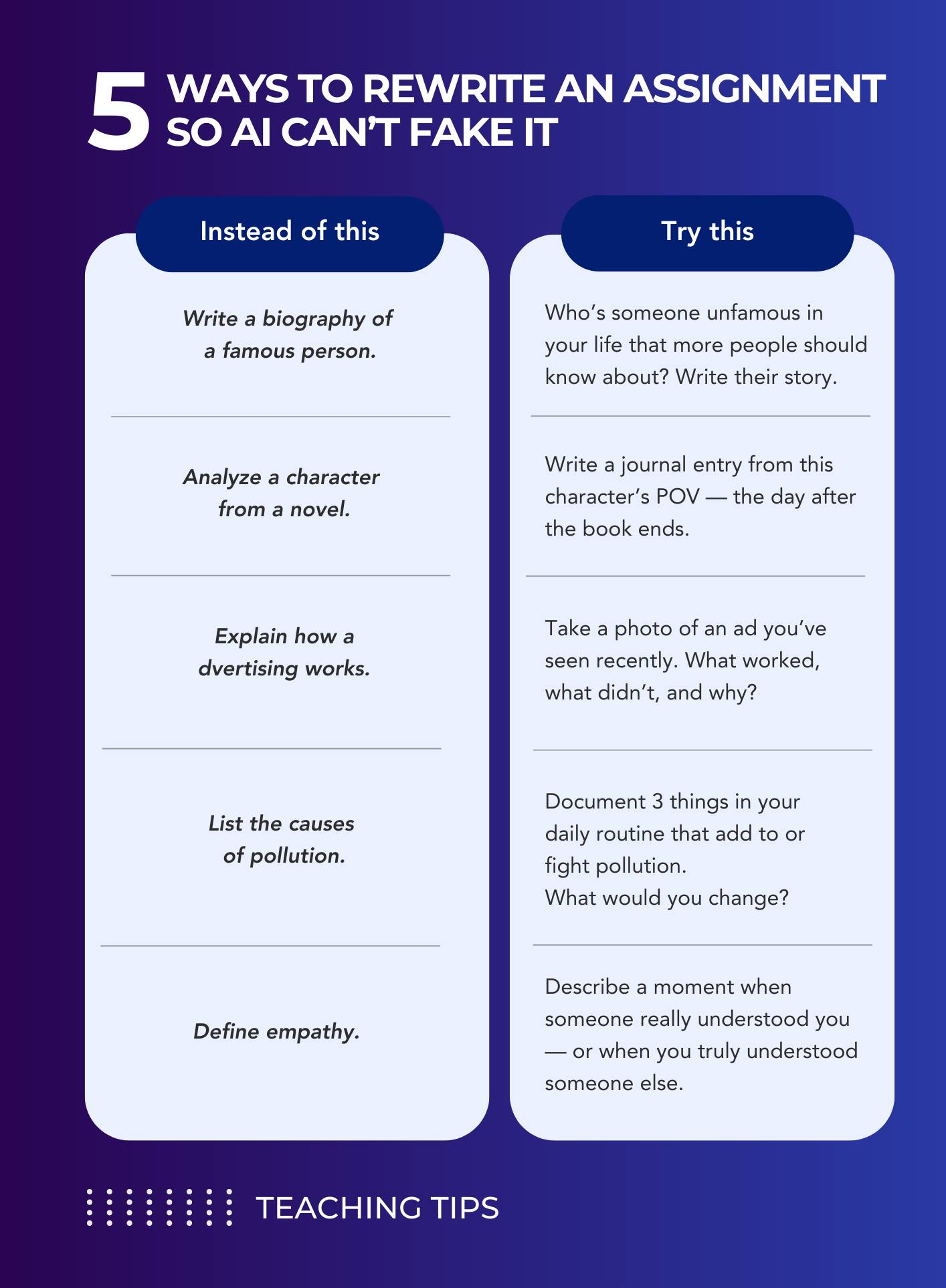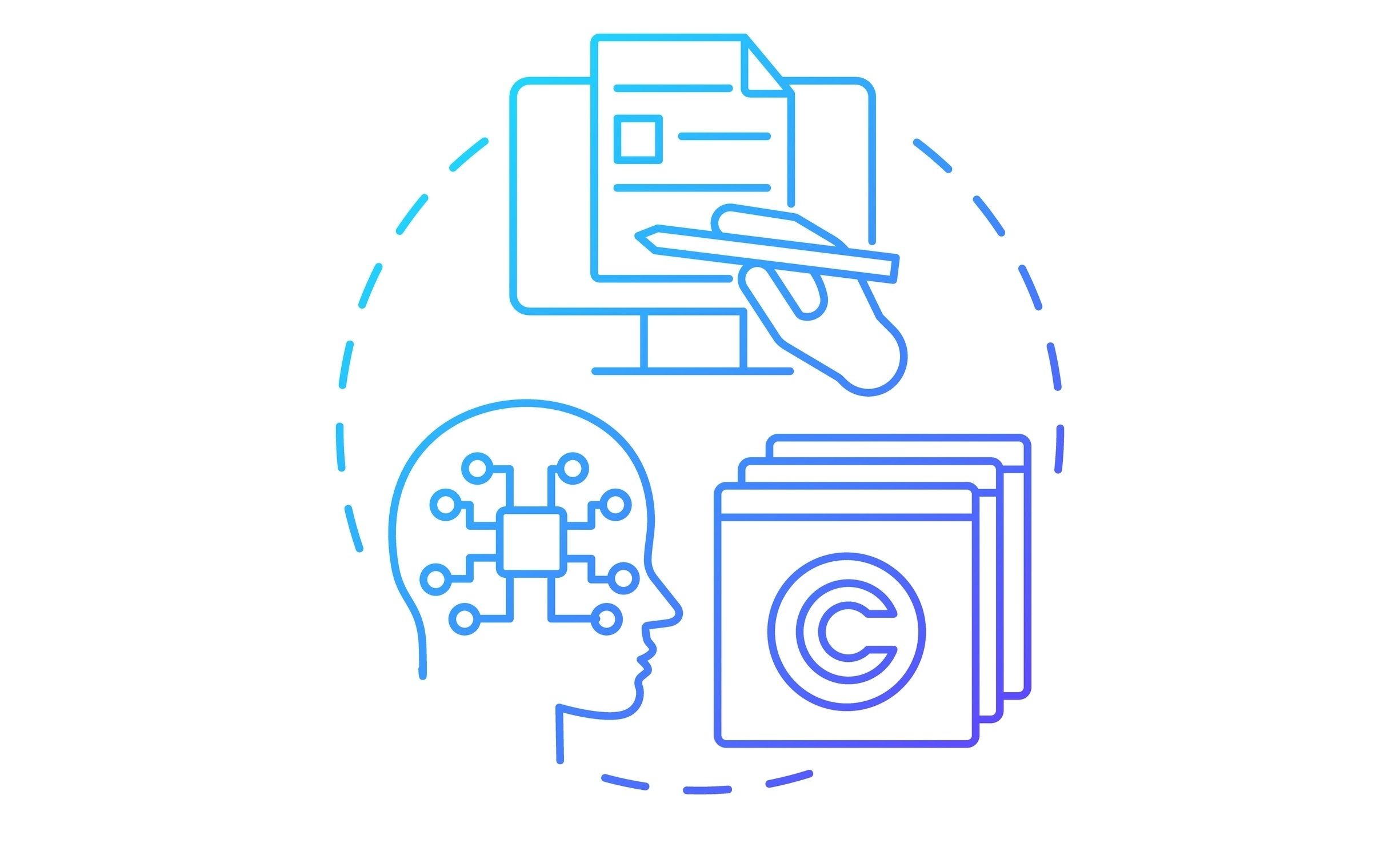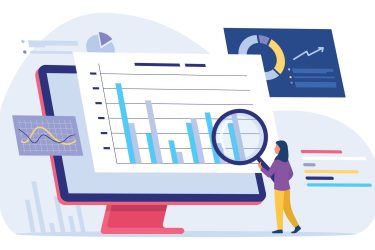We know that passing off the text generated by Chat GPT or Gemini for human writing is cheating, but can it also cause plagiarism? It turns out, it can; this phenomenon is called AI plagiarism or “AIgiarism” and is another reason for checking any piece of content for AI traces and similarities.
This is how a number of tools emerged — AI-text Detectors or AI plagiarism checkers that recognize AI writing. They help prevent violations of academic integrity and AI plagiarism or AIgiarism when AI-generated texts are passed off as human-written. How accurate can such checkers be? Let’s figure it out.
AI-text Detectors and AI plagiarism checkers: is there a difference?
If the text is not written by you but taken from another source, it should be cited regardless of its human-authored or AI origin. Otherwise, it will be considered plagiarism. So, if we use AI text, it should be labeled accordingly. However, while the integrity policies of educational institutions, media sites, and publishing houses are being updated, some unscrupulous authors attempt to pass off AI-generated text as their own, thus promoting AI plagiarism. Furthermore, AI chatbots themselves may not generate original content and could potentially contain instances of plagiarism.
However, it is important to distinguish between “AI plagiarism checkers” — detectors that recognize AI text to avoid AI plagiarism; and “AI plagiarism checkers” — plagiarism checking tools that use AI capabilities to search for similarities between various human-written texts.
This article will considerAI detectors.
How much plagiarism is allowed?
Uniqueness and integrity above all. The policies of various institutions, mass media outlets, publishing houses, and others determine the allowed level of similarity in texts through different approaches. However, on average, it typically falls within 15 percent or less. Similarly, the policies regarding the use of AI are being updated.
Some organizations have established in their policies which results are passable (for example, Human-written and Likely human-written); and also, the persantage of AI sentences permissible in the texts.

How accurate are AI plagiarism checkers?
Accuracy is one of the most important criteria to consider when choosing an AI Detector. The best solution, such as AI Plagiarism Checker: Trace GPT, have an accuracy of over 97% which minimizes false positive and false negative results when sentences are falsely identified as written by AI (false positive) or not written by AI (false negative). Unfortunately, not all tools can provide sufficiently accurate and reliable results. It’s necessary to pay attention to:
- Was the AI Detector trained on a sufficient number of data sets?
- Does the tool recognize the latest models of AI generators?
- Does AI Detector continue to develop its algorithms, along with the development of AI writing?
The highest accuracy (95-99%) is observed in detectors that use the author’s recognition models and provide a reliable verdict. PlagiarismCheck.org AI detector with percentage guarantees 97% accuracy and continues to grow. Thanks to the multi-level system of determining the analysis results, this solution is trusted by students and educators wordlwide.






